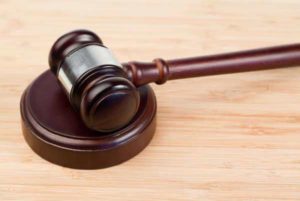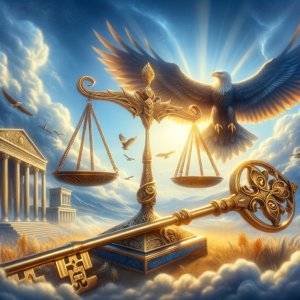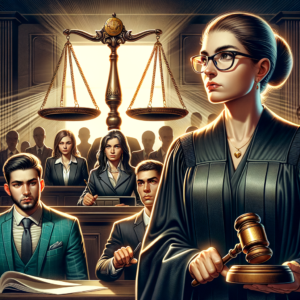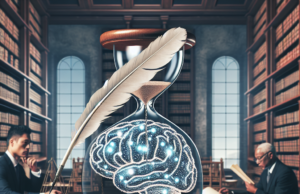Breaking the Cycle: Shocking Truths Behind Juvenile Justice Reforms
The juvenile justice system, designed to rehabilitate rather than punish young offenders, faces significant challenges that have sparked a renewed call for reform. As society grapples with the complexities of youth crime, disparities in treatment, and the long-term consequences of incarceration, it becomes increasingly clear that the current system requires a comprehensive reevaluation. This article delves into the multifaceted issues surrounding juvenile justice, exploring historical contexts, key challenges, innovative reforms, and the critical role of community support in fostering sustainable change.
Understanding the Juvenile Justice System: An Overview of Its Current State and Challenges
The juvenile justice system in the United States is a complex framework intended to address the unique needs of young offenders. However, it is plagued by numerous challenges, including overcrowded facilities, inadequate mental health services, and a lack of educational resources. Many youths enter the system with underlying issues such as trauma, abuse, or mental health disorders, which are often overlooked in favor of punitive measures. Furthermore, the system disproportionately affects marginalized communities, leading to a cycle of disadvantage that perpetuates criminal behavior rather than rehabilitating youth. As calls for reform grow louder, it is essential to understand the current state of the system and the urgent need for a shift towards more restorative practices.
Historical Context: The Evolution of Juvenile Justice Policies and Their Impact on Youth
The juvenile justice system has undergone significant transformations since its inception in the late 19th century, when the focus was primarily on rehabilitation. The establishment of juvenile courts aimed to treat young offenders as individuals in need of guidance rather than criminals. However, the latter half of the 20th century saw a shift towards a more punitive approach, influenced by rising crime rates and a growing public demand for safety. This shift resulted in harsher sentencing laws and the increased incarceration of youth, often exacerbating the very issues the system sought to address. Understanding this historical context is crucial for recognizing the systemic flaws that persist today and the need for a return to rehabilitative principles that prioritize the well-being of youth.
Key Issues in Juvenile Justice: Disparities, Recidivism, and the Need for Reform
Several key issues plague the juvenile justice system, most notably racial and socioeconomic disparities, high rates of recidivism, and inadequate support for rehabilitation. Studies reveal that youth of color are disproportionately represented in the system, facing harsher penalties and fewer opportunities for diversion programs. Additionally, recidivism rates remain alarmingly high, with many young offenders cycling in and out of detention facilities without receiving the necessary support to address the root causes of their behavior. This highlights the urgent need for comprehensive reform that not only addresses these disparities but also implements evidence-based practices aimed at reducing recidivism and promoting successful reintegration into society.
Innovative Approaches: Successful Juvenile Justice Reforms from Around the Globe
Globally, various innovative approaches have emerged as successful models for juvenile justice reform. Countries such as Norway and New Zealand have adopted restorative justice practices that prioritize rehabilitation over punishment, focusing on healing for both the offender and the victim. These models emphasize community involvement, mental health support, and educational opportunities, resulting in significantly lower recidivism rates. In the United States, programs like the “Missouri Model” have demonstrated success by providing a more therapeutic environment for youth, integrating education and mental health services into the rehabilitation process. By examining these successful reforms, it becomes evident that a shift towards restorative practices can lead to more positive outcomes for youth and society as a whole.
The Role of Community and Family: Supporting Youth Beyond the Justice System
The role of community and family in supporting youth who have interacted with the juvenile justice system cannot be overstated. Strong familial ties and community support networks are critical in fostering resilience and promoting positive behavioral changes. Programs that engage families in the rehabilitation process, such as family therapy and community service initiatives, have shown promising results in reducing recidivism and improving overall well-being. Furthermore, community-based organizations play a vital role in providing mentorship, educational resources, and job training, helping youth build the skills necessary for successful reintegration. By prioritizing community and family involvement, the juvenile justice system can create a more supportive environment that encourages positive development and reduces the likelihood of reoffending.
Future Directions: Strategies for Sustainable Change in Juvenile Justice Practices
Looking ahead, sustainable change in juvenile justice practices will require a multifaceted approach that addresses the systemic issues identified throughout this article. Policymakers must prioritize the allocation of resources towards mental health services, educational programs, and community-based interventions that support at-risk youth. Additionally, implementing data-driven policies that monitor outcomes and adjust practices accordingly will be essential in ensuring that reforms are effective and equitable. Engaging stakeholders, including youth, families, and community organizations, in the reform process will foster a sense of ownership and accountability, ultimately leading to a more just and effective juvenile justice system. By embracing these strategies, society can work towards breaking the cycle of disadvantage and creating a brighter future for all youth.
The juvenile justice system stands at a crossroads, facing significant challenges that demand immediate attention and reform. By understanding the historical context, addressing key issues, and learning from successful global practices, stakeholders can work collaboratively to create a more equitable and effective system. The involvement of families and communities is paramount in supporting youth beyond the justice system, fostering resilience and promoting positive outcomes. As we look to the future, it is imperative that we commit to sustainable change, ensuring that every young person has the opportunity to thrive and contribute positively to society.

















